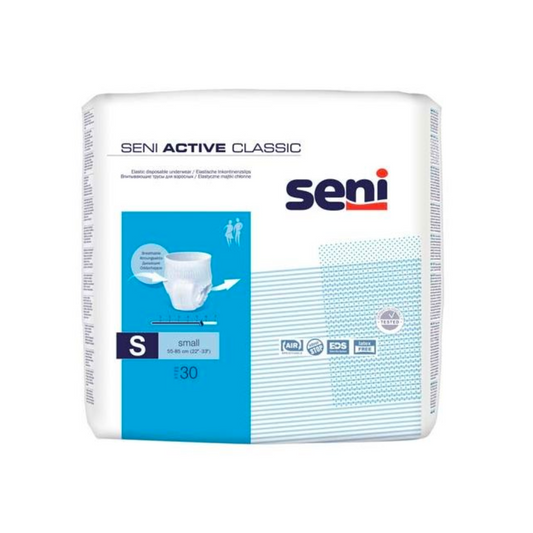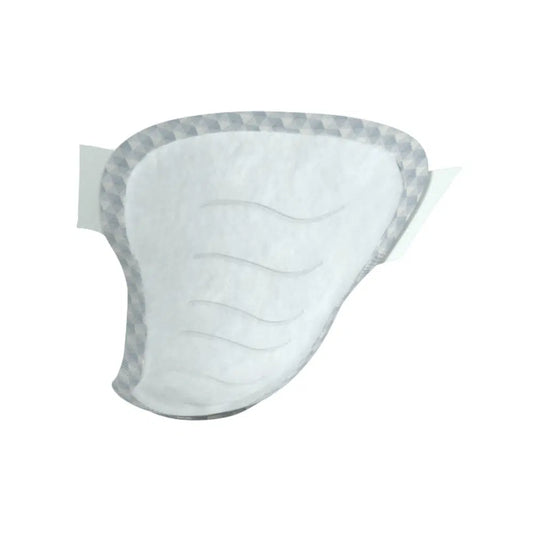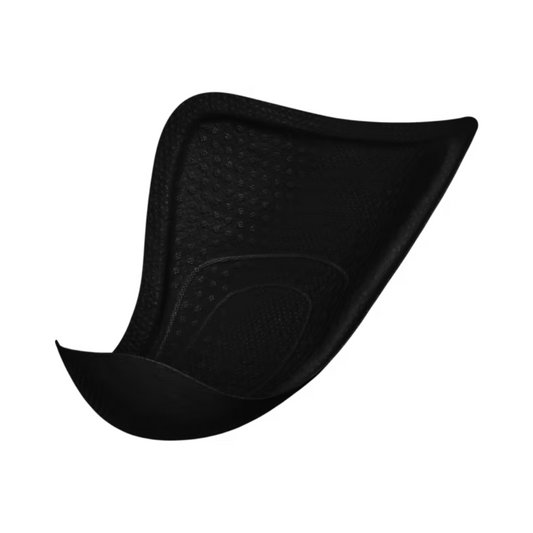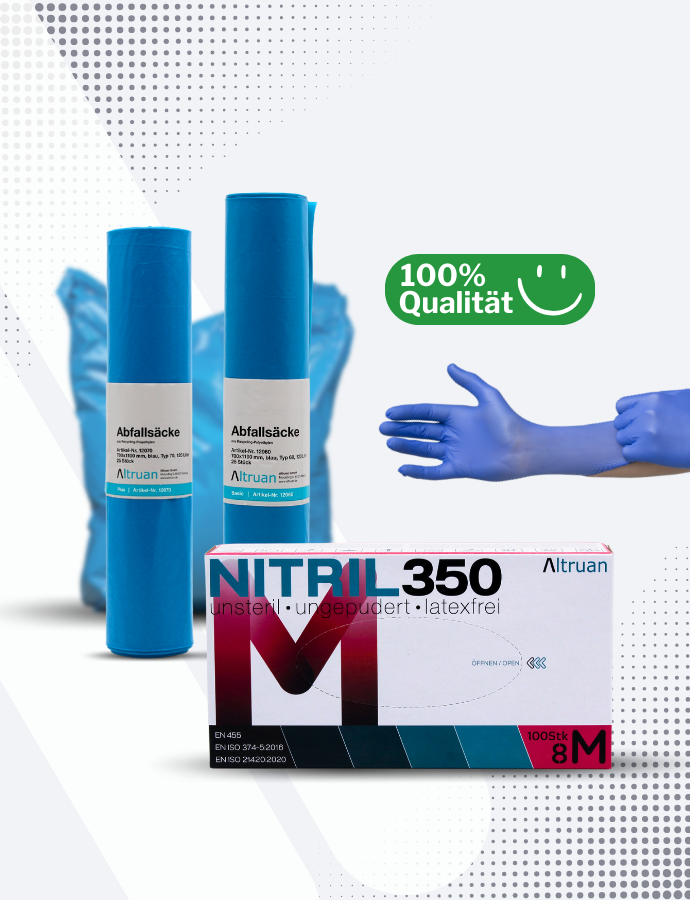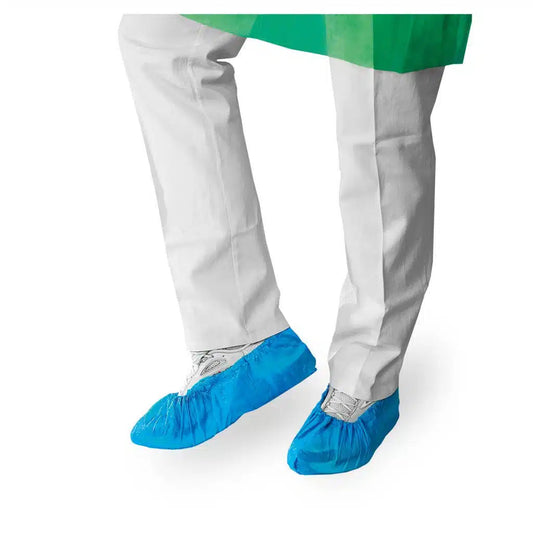Protective clothing
Protective clothing: indispensable protection for work and health
Protective clothing is special equipment that serves to protect the carrier from health risks and dangers in the workplace. It includes a wide range of products such as Disposable, Protective coat, Gloves, Respiratory protection masks and Protective glasses. This clothing is designed to protect both the carrier and the environment from harmful influences such as chemicals, biological dangers or mechanical risks.
When do I need protective clothing?
Protective clothing is essential in many professions, especially when work is carried out in dangerous environments. This includes the chemical and pharmaceutical industry, healthcare, laboratories as well as construction and manufacturing industries. Wherever contact with harmful substances, infectious agents or dangerous machines exists, protective clothing is required to avoid injuries and health damage.
What types of protective clothing are there?
There are different types of protective clothing, each designed for specific applications:
- Protective suit: Offer protection against chemicals, dust and other particles, ideal for use in industrial environments.
- Protection coat: Especially for healthcare to protect patients and personnel from infections.
- Disposable: Materials such as nitrile, vinyl and showcase that offer protection against chemical, biological and mechanical dangers.
- Respiratory masks: Protect against inhalative dangers such as dust, vapors and aerosols.
- Head protection hood: reduce the risk of contamination. They are often used in medical facilities, laboratories and the food industry to adhere to hygiene regulations and prevent the spread of germs.
Advantages and benefits of protective clothing
The use of protective clothing has numerous advantages. It minimizes the risk of injuries and health problems by creating a barrier between the carrier and dangerous substances or environments. It also contributes to compliance with occupational safety guidelines and also protects the environment from contamination, which is particularly important in the food industry and healthcare.
Protective clothing is an essential part of personal protective equipment (PSA) and indispensable for safety at work. It offers comprehensive protection, increases security and ensures compliance with hygiene standards in demanding work environments. Discover the extensive range of protective clothing at Altruan and find the right equipment for your special requirements.
You can find many other products in Altruan Online shop.

